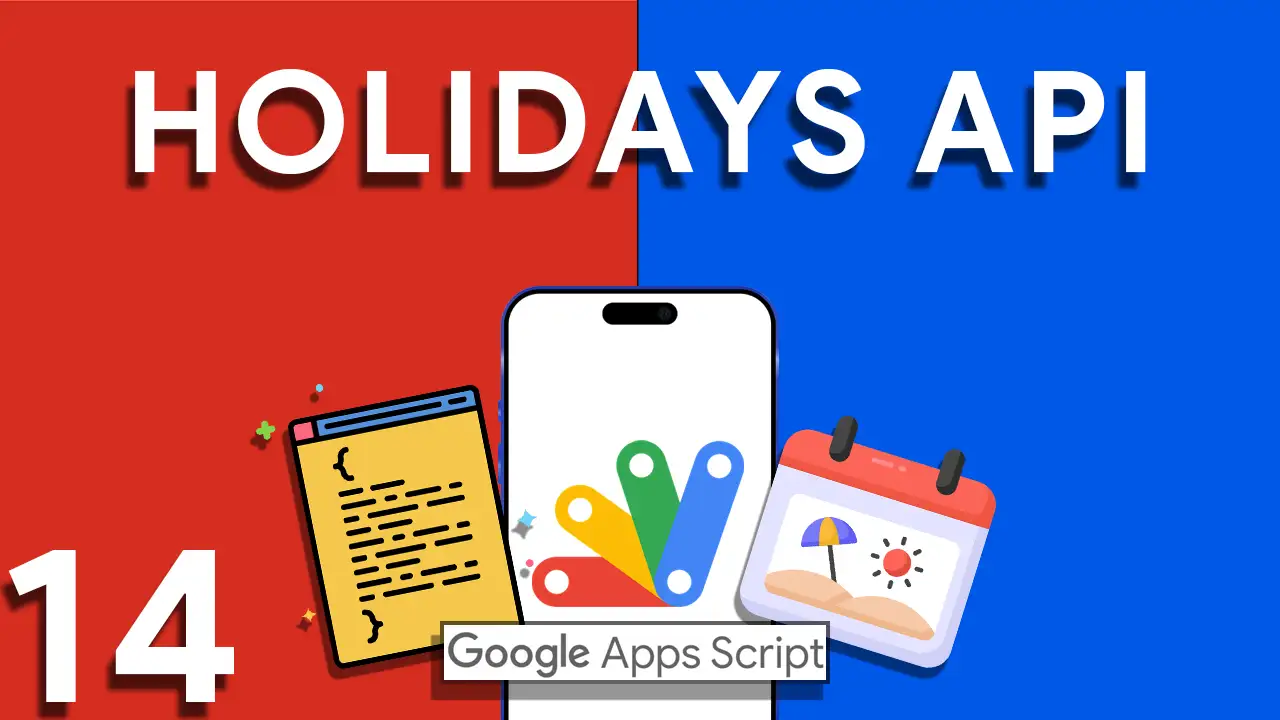For privacy reasons YouTube needs your permission to be loaded. For more details, please see our Privacy Policy.
The SWITCH() function in AppSheet is a powerful tool that simplifies decision-making processes in your applications. Unlike traditional IF() statements that can get complex and hard to manage with multiple conditions, SWITCH() offers a cleaner, more readable alternative. This function evaluates a given expression and matches its result to a list of cases, returning the corresponding value for the first matching case.
Using the SWITCH() function in AppSheet is straightforward. Here’s a simple syntax to get you started:
SWITCH(expression, case1, value1, case2, value2, ..., default_value)
- expression: The value or expression you want to evaluate.
- case1, case2, …: The cases you’re comparing the expression against.
- value1, value2, …: The values returned if the expression matches the case.
- default_value: The value returned if no case matches.
The Benefits of Using SWITCH() Over Nested IF() Expressions
- Readability: SWITCH() makes your expressions cleaner and more understandable at a glance.
- Maintenance: It’s easier to update or debug a SWITCH() expression than nested IF()s.
- Performance: In some cases, SWITCH() can be more efficient, especially in complex apps with numerous conditions.
- Use for Known Values: SWITCH() is most effective when you have specific, known values to compare.
- Default Value: Always provide a default value to handle unexpected or unknown cases.
- Avoid Overuse: While SWITCH() is powerful, using it for very long lists of cases can be cumbersome. Consider other logic structures if your case list is extensive.
- Combine with Other Functions: You can use SWITCH() in combination with other AppSheet functions for more complex logic.







